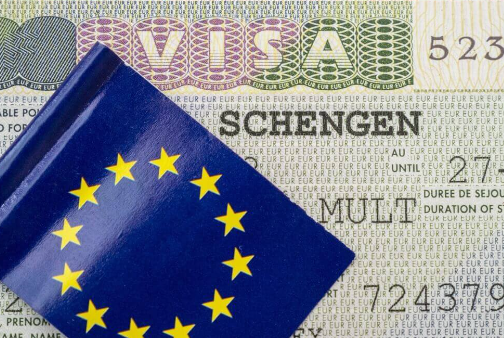Understanding the Schengen Visa: Your Key to European Adventure
Understanding the Schengen Visa: Your Key to European Adventure
Are you dreaming of exploring the charming streets of Paris, the historic sites of Rome, or the picturesque landscapes of Greece? If so, you’ll likely need to become acquainted with one of the most convenient travel documents for exploring Europe – the Schengen Visa In this blog, we’ll dive into the details of the Schengen Visa, including what it is, how to obtain it, and some essential tips for a smooth European adventure.

What is a Schengen Visa?
The Schengen Visa is a travel document that allows you to visit the 26 European countries that are part of the Schengen Area. This agreement enables travelers to move freely within these countries without undergoing individual border checks when entering or exiting. It’s a convenient solution for those who want to explore multiple European destinations during a single trip.
Schengen Area Countries:
The Schengen Area includes popular travel destinations like France, Italy, Spain, Germany, Greece, and many more. Here is a list of the countries in the Schengen Area as of my last knowledge update in September 2021:
1. Austria
2. Belgium
3. Czech Republic
4. Denmark
5. Estonia
6. Finland
7. France
8. Germany
9. Greece
10. Hungary
11. Iceland
12. Italy
13. Latvia
14. Lithuania
15. Luxembourg
16. Malta
17. Netherlands
18. Norway
19. Poland
20. Portugal
21. Slovakia
22. Slovenia
23. Spain
24. Sweden
25. Switzerland
26. Liechtenstein
Types of Schengen Visas:
Schengen Visas come in different types, depending on your purpose of travel. The most common types include:
1. Tourist Visa (Schengen Short-Stay Visa): This is for leisure travel, including vacations and sightseeing.
2. Business Visa: If you’re traveling for business purposes, such as attending conferences or meetings.
3. Student Visa**: For those who plan to study in a Schengen country.
4. Medical Visa: This is for people seeking medical treatment in a Schengen country.
5. Family Reunion Visa: For family members of Schengen residents.
How to Obtain a Schengen Visa:
The process of obtaining a Schengen Visa can vary slightly from one country to another, but here are the general steps:
1. Determine the Schengen country to visit: You should apply to the embassy or consulate of the Schengen country you plan to visit first. If you intend to visit multiple countries, apply at the embassy or consulate of the country where you’ll spend the most time.
2. Collect required documents: This typically includes a visa application form, a valid passport, travel itinerary, proof of accommodation, travel insurance, and proof of financial means.
3. Schedule an appointment: Contact the embassy or consulate to schedule an appointment for your visa application.
4. Attend the appointment: Attend your scheduled appointment and submit your application, pay the visa fee, and provide biometric data if required.
5. Wait for a decision: The processing time can vary, but it’s typically a few weeks. Make sure to apply well in advance of your travel date.
6. Collect your visa: If your application is approved, you’ll receive a Schengen Visa sticker in your passport.
Tips for a Smooth Schengen Visa Application:
– Apply well in advance of your travel dates.
– Ensure all required documents are complete and accurate.
– Be prepared for an interview at the embassy or consulate.
– Purchase travel insurance that meets Schengen requirements.
– Provide evidence of strong ties to your home country to show you intend to return.
Conclusion:
The Schengen Visa is your gateway to exploring the diverse and enchanting European destinations. Whether you’re planning a leisurely European vacation, embarking on a business trip, or pursuing higher education, understanding the Schengen Visa process is essential. Be sure to check the latest visa requirements and regulations at the embassy or consulate of the Schengen country you plan to visit, and you’ll be on your way to a memorable European adventure.
Read more : Studegram blogs
